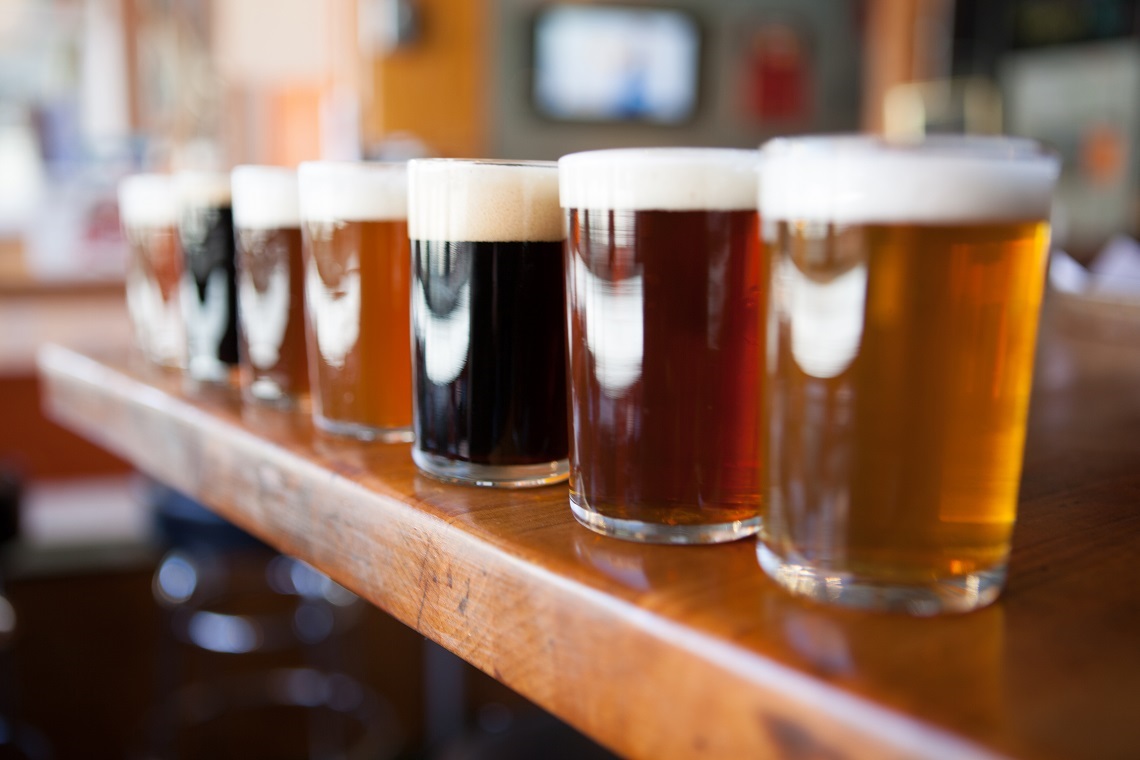By Charles Whitting
Continuing our breakdown of beer styles, Australian Hotelier now turns to the less common and more intriguing styles that will pique the interest of any craft beer-loving patron.
Belgian ale: Belgium is probably home to the original craft brewers – people who were willing to experiment with ingredients and brewing technique long before the first hipsters pulled on their skinny jeans. Trappist beers – brewed by monks – vary in style, but they are usually rich in flavour and few are under 7 per cent ABV. The Belgians’ experimentation with flavoured beers has also led to a range of beers made with ingredients like strawberry, cherry, tea, ginger, coriander and tea.
Wheat beer: While most beer is made with malted barley, people have been brewing with wheat instead for just as long. Most modern wheat beers contain both wheat and barley malt, and are discernable for their cloudy appearance and silky mouthfeel. Hops are not as widely used in these beers compared to others, but instead aromatics are added to provide other flavours. Expect a tartness and some citrus.
Saison/farmhouse ale: This is a hard style of beer to pin down, but suffice it to say you should expect carbonation, fruit and spice. Often bottle conditioned (where some yeast is left in the bottle to continue fermentation), these beers are generally pale in colour and refreshing in taste. Originally, they would have been low in ABV – for drinking in the farms and fields – but increasingly ABVs are rising up above 5 per cent. Given its farmyard origins, many saisons have a more natural theme – using native yeasts or local ingredients for added flavour.
Sours: One of the new darlings of the Australian craft beer movement, sour beers are intentionally acidic and sour in taste. Another offering from Belgium – check out lambics and gueuze – these beers are usually made using wild yeast (as opposed to the sterile environment of most breweries). This can make them unpredictable, but they remain popular. They are refreshing – not too dry, not too sweet – they have taste profiles that can attract non-beer drinkers, and there is considerable scope for using fruit and other flavours to create unique drinks.
Berliner Weisse: This is a bit of a specialist beer – a top-fermented, bottle conditioned, sour wheat beer with an ABV of around 3 per cent. Pale gold in colour, cloudy in appearance, and tart, sour and acidic in taste, these beers are often served with a flavoured syrup for added sweetness – either a red raspberry or a green woodruff.
Gose: Another beer style to come out of Germany, this is a top-fermented sour beer with at least 50 per cent of the grain bill being malted wheat. A real thirst-quencher, expect citrus flavours and sourness on the palate, as well as a touch of saltiness.
Barley wine: A strong ale – think 10 per cent ABV, barley wine is one of the oldest styles of beer. American versions tend to focus on hops and bitterness, with a pale amber colour. The English style is less bitter and has a darker, red-gold colour. There is sweetness in these beers – almost toffee. This is a beer that will sell slowly, given its strength, but it can be bottled, cellared and enjoyed at leisure over time.
NEIPA: The latest beer to capture the imagination of craft brewers, New England IPAs are cloudy to the point of opaqueness, giving them an almost creamy mouthfeel. There are lots of hops in them, but they are there almost solely for the fruity, tropical sweetness rather than any bitterness. A beer that’s for craft aficionados, but also potentially one for people who think they don’t like beer.

